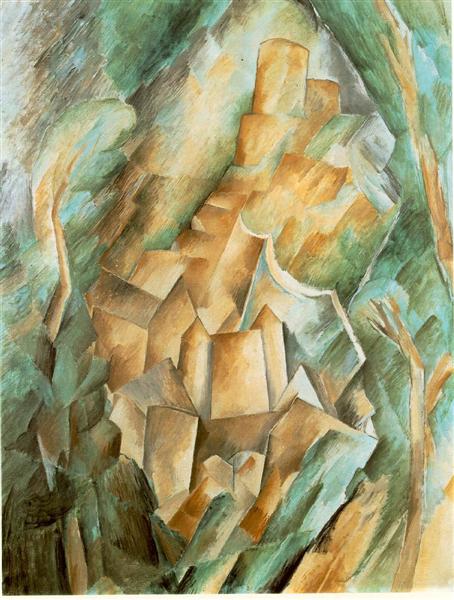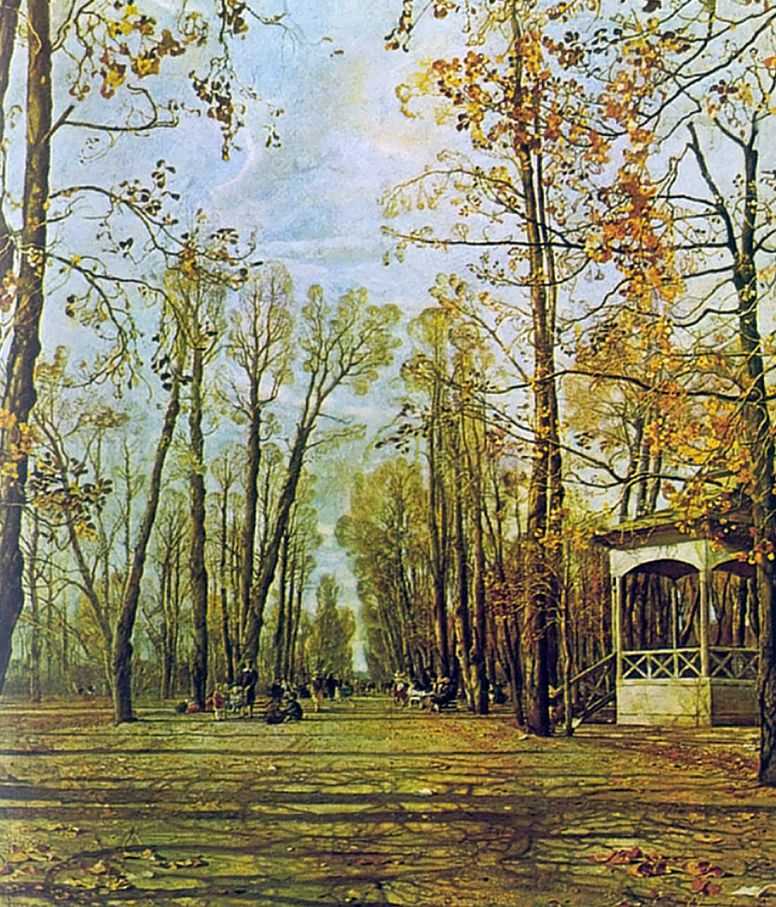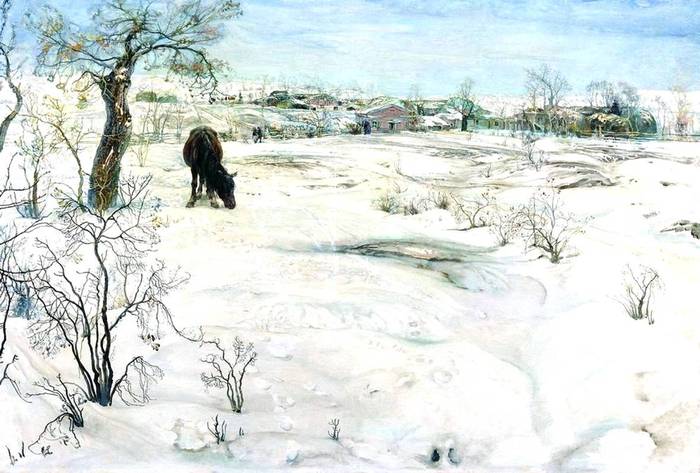
Before leaving for compulsory military service, Georges Braque made himself a little trip. During the trip, the artist created several paintings that art critics attribute to proto-cubism. This is no longer figurative painting in the usual sense, although the objects on the canvases are quite recognizable, but also not cubism in its pure form, which it will become in a couple of years. La Roche Guyon Castle is one of five works by Braque, written on this trip and dedicated to the dilapidated building of the 12th century, which was located on the slope of a chalk cliff.
It is not by chance that Georges Braque became one of the most prominent figures in world painting of the 20th century. Like his colleague Pablo Picasso, the artist was a tireless experimenter. His earliest works were impressionist, but he quickly found himself in the Fauvist movement. Paul Cezanne was one of his favorite artists and role models. However, Braque did not stop at Fauvism either. Now it is already difficult to say who exactly – Braque or Picasso – wrote the very first cubist work. In their artistic development, they moved in parallel, constantly discussing with each other new techniques in work and sharing ideas. In the work of both artists, one can trace short periods of transition from one style to another, when the paintings combined the characteristics of different periods. The Castle La Roche Guyon series is a good example of this transition.
When Braque arrived in the town of La Roche Guyon on the banks of the Seine, he was immediately interested in the local castle. The architectural structure has become an ideal object for proto-cubistic experiments. Each of the five castle paintings is slightly different from the previous ones. Braque experimented with different planes and their tinting, achieving unusual effects. On the canvas, which is kept in the Pushkin Museum, the castle seems to be either a structure assembled from wooden cubes, or a crystal of an unusual shape growing on a rock. Despite the fact that the image is extremely far from realism, it seems strikingly three-dimensional, tangible. This was one of Braque’s goals: to materialize space, to make it “tame”.
Year of painting: 1909.
Painting dimensions: 92 × 73 cm.
Material: canvas.
Writing technique: oil.
Genre: landscape.
Style: analytical cubism.
Gallery: The Pushkin State Museum of Fine Arts, Moscow, Russian Federation.


